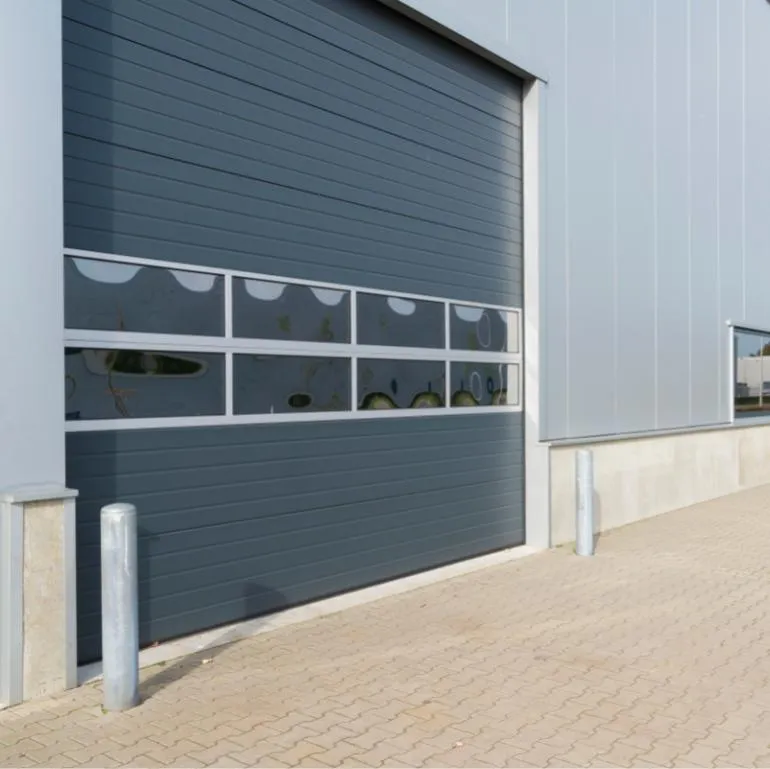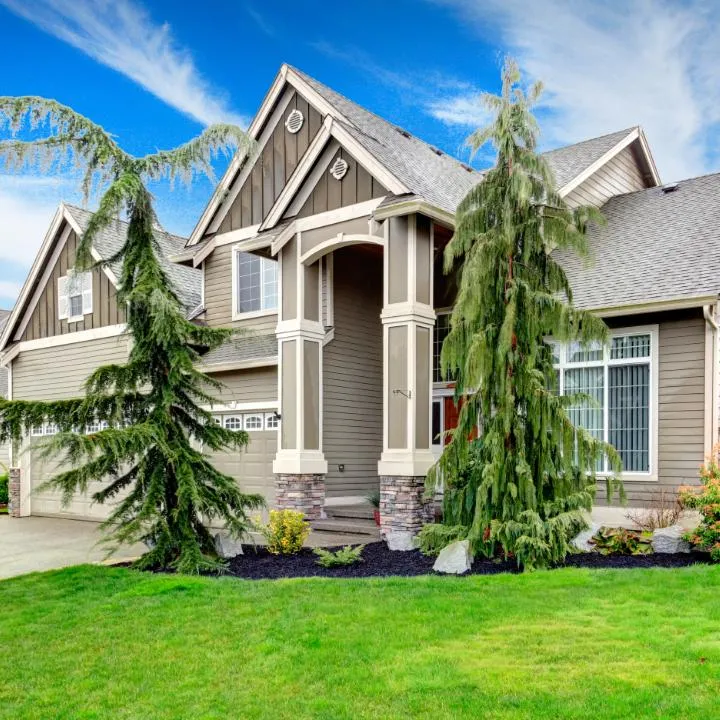Metal Siding

Metal siding contractor
While EIFS offers superb insulation, metal siding stands out for its unmatched durability and minimal maintenance needs. When you're considering options for your home's exterior, metal siding should be high on your list if longevity and ease are what you're after. It's incredibly resistant to fire, mold, and mildew, which not only enhances your home's safety but also reduces the time you'll spend on upkeep.
Metal siding comes in a variety of materials including aluminum and steel. You'll find that aluminum is lightweight and doesn't rust, making it ideal for coastal areas where salt spray is common. Steel, on the other hand, is known for its strength and can resist impact from hail or debris better than most other siding materials.
One of the biggest perks you'll enjoy is the energy efficiency of metal siding. It reflects solar radiant heat, which can help keep your home cooler in the summer, potentially lowering your air conditioning costs. Moreover, it's recyclable, which means you're making a more environmentally friendly choice.
Choosing metal siding means you're opting for a stylish, resilient, and sustainable option that'll keep your home looking great and performing well for years to come.
Advantages of Metal Siding
You'll find that one of the major advantages of choosing metal siding is its exceptional durability. Metal siding withstands harsh weather conditions, from blistering heat to freezing cold, without warping, cracking, or fading. It's also impervious to pests like termites and rodents that often damage other types of siding materials.
Another significant benefit is the low maintenance required. You won't be spending your weekends scraping, painting, or replacing damaged panels. A simple hose-down occasionally will keep your metal siding looking new for years. This not only saves you time but also cuts down on maintenance costs.
Metal siding is also a champion of energy efficiency. It reflects solar radiant heat, which can help reduce cooling costs in the summer months. This makes it an eco-friendly option that can lessen your home's environmental impact while saving you money on energy bills.
Moreover, metal siding offers a sleek, modern look that can boost your home's curb appeal. It comes in a variety of styles and finishes, allowing you to customize the appearance to fit your personal taste or to complement your home's architectural style. With metal siding, you're investing in both aesthetics and long-lasting protection.
Maintaining Metal Siding
To keep your metal siding looking its best and functioning properly, regular maintenance is key. Here's how you can ensure it stays in top shape year-round.
Firstly, it's essential to clean your siding annually. Use a soft cloth or a low-pressure washer to remove dirt and grime that accumulates over time. Avoid harsh chemicals; instead, opt for mild soap and water, which are usually enough to do the trick.
Inspect your siding regularly for any signs of damage such as dents, scratches, or corrosion. These can occur from weather exposure or accidental impacts. Early detection is crucial to prevent further damage. If you spot any issues, it's best to repair them promptly to avoid complications later on.
Also, check the seals and caulking around the edges and joints. Over time, these can degrade and may need replacing to ensure there's no water ingress, which can cause significant damage.
Lastly, consider applying a protective coating every few years to enhance your siding's resistance to the elements. This step helps in maintaining the vibrant color and sheen of your metal siding, making it look like new for years to come.
Installing Metal Siding
Installing metal siding can be a straightforward process if you're prepared with the right tools and guidelines. First, you'll need to gather your materials, which include metal siding panels, a tape measure, snips for cutting the metal, and screws or nails for attachment. Don't forget safety equipment like gloves and goggles.
Next, ensure your wall surface is ready. It should be clean, dry, and smooth. If you're working over existing siding, check that it's securely attached and free of damage. You might need to install a weather-resistant barrier, depending on your local climate and building codes.
Start by installing the starter strips at the bottom of the wall. These strips help keep the rest of the siding level as you work your way up. Measure and cut each siding panel to fit. Remember, it's essential to allow a little extra for overlap. Secure the panels using the screws or nails, starting from the bottom and working your way up, ensuring each panel is flush and level.
Overlap each panel by about one inch or according to the manufacturer's instructions. This overlap is crucial to prevent water infiltration. Finally, install the trim pieces around windows, doors, and corners to give your installation a clean, finished look.
Take 10% Off Any Job Over $5,000
Outstanding Service & Quality

Get a free quote
Fill out the form below to request a free consultation
© Copyright 2025 Brandon Siding Company. All Rights Reserved.
Zip codes we serve:
33801,33840,33803,33802,33804,33806,33805,33812,33807,33846,33823,33815,33813,33811,33810,33880,33839,33883,33882,33831,33850,33809,33881,33564,33863,33830,33563,33868,338839501,39502,39505,39506,39507,39560,39531,39503,39534,39532,39540,39530,39533,39535,39571,39566,39574,39522,39521,39525,39564,395765,33884,33849,33565,33567,33888,33566,33820,33860,33847,33851,33877,33838,33524,33845,33540,33530,33587,33527,33837,33836


